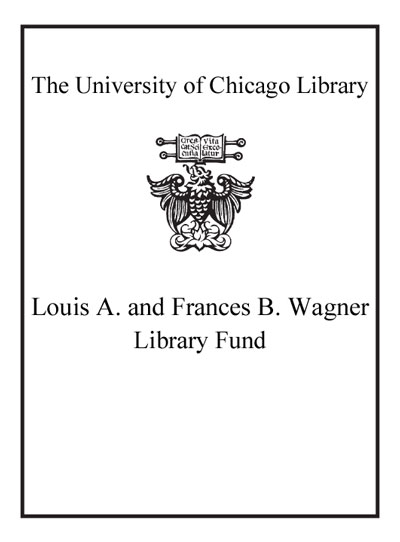Using digital humanities in the classroom : a practical introduction for teachers, lecturers, and students /
Saved in:
| Author / Creator: | Battershill, Claire, author. |
|---|---|
| Imprint: | London ; New York, NY : Bloomsbury Academic, 2017. ©2017 |
| Description: | viii, 220 pages ; 24 cm |
| Language: | English |
| Subject: | |
| Format: | Print Book |
| URL for this record: | http://pi.lib.uchicago.edu/1001/cat/bib/11380608 |
Table of Contents:
- Introduction. Who is this book for? ; What are the digital humanities? ; Key concepts ; How to use this book ; The Web Companion ; Developing your own digital pedagogy
- 1. Overcoming Resistance. Conquering the fear of failure ; Your own resistance ; Your colleagues' resistance ; Your students' resistance ; The best cure is prevention : establishing good habits
- 2. Finding, Evaluating and Creating Digital Resources. Why use digital texts (and other assets)? ; Finding and evaluating digital resources ; Creating digital resources for your students ; Creating digital resources with your students ; A short guide to citation and copyright
- 3. Ensuring Accessibility. Universal Design ; Facilitating lectures ; Promoting universal interactivity ; Providing accessible resources ; Privacy, safety, and account management ; Adapting policies for individual students and student bodies
- 4. Designing Syllabi. Course websites ; A note on domains and web hosting ; Online syllabi ; Other digital resources for course websites ; Should you teach an introduction to DH course? ; An alternative approach : Choosing your amount of DH ; Anatomy of a syllabus I : Course information and learning objectives ; Anatomy of a syllabus II : Course policies
- 5. Designing Classroom Activities. Activities as exploration ; Activity design : Balancing integration and flexibility ; Ten-minute exercises ; Half-hour exercises ; Whole-class exercises ; Weeklong exercises ; Writing effective prompts
- 6. Managing Classroom Activities. Working with existing or free resources ; Many ways to secure equipment ; Troubleshooting ; In case of total failure
- 7. Creating Digital Assignments. General principles for creating digital assignments ; Common types of digital assignments ; Writing effective assignment sheets
- 8. Evaluating Student Work. The importance of explicit assessment criteria ; Anatomy of a rubric ; Competencies : A language for indicating success ; Involving students in evaluation processes ; Thinking beyond the rubric ; Coping with failure during assessment periods
- 9. Teaching Graduate Students. The role of technology in twenty-first-century graduate education ; Graduate students versus undergraduate students ; Incorporating DH into graduate course work ; External opportunities ; Professionalization and the job market ; A note on alt-ac careers
- 10. Finding Internal Support Communities. A note on the variety of support systems ; Faculty and staff in humanities, social sciences and STEM ; Libraries and special collections ; IT services ; Financial and material resources ; The ethics of collaboration
- 11. Finding External Support Communities. Social media ; Twitter for the uninitiated ; Academic organizations ; Events: Conferences, unconferences, workshops, and institutes ; Academic publications ; External grant funding
- 12. Connecting to Your Research. Counting more than once ; Incorporating digital methods in your research ; Producing research on digital pedagogy ; Broadening the scope of your research ; Collaborating with students.

